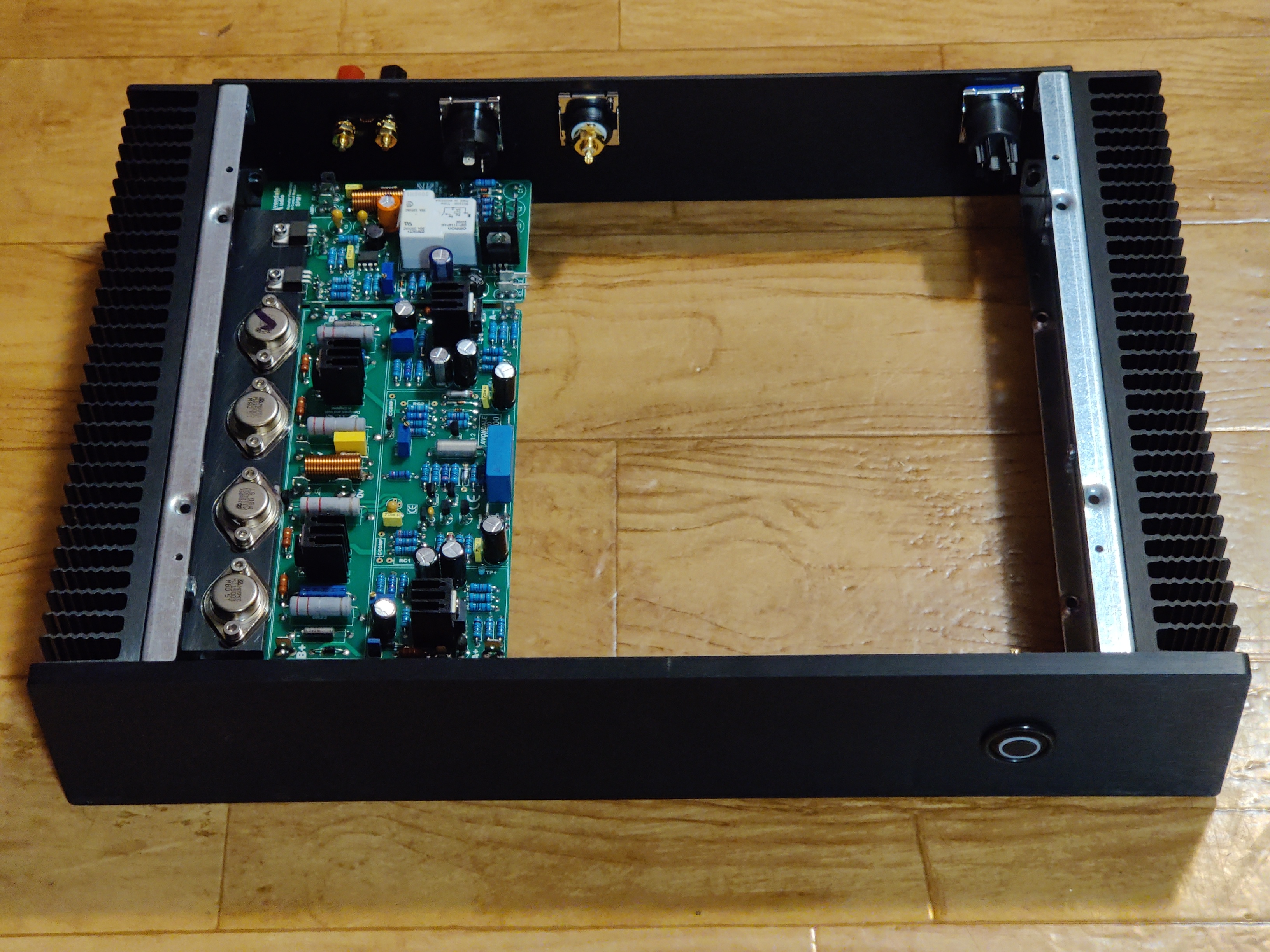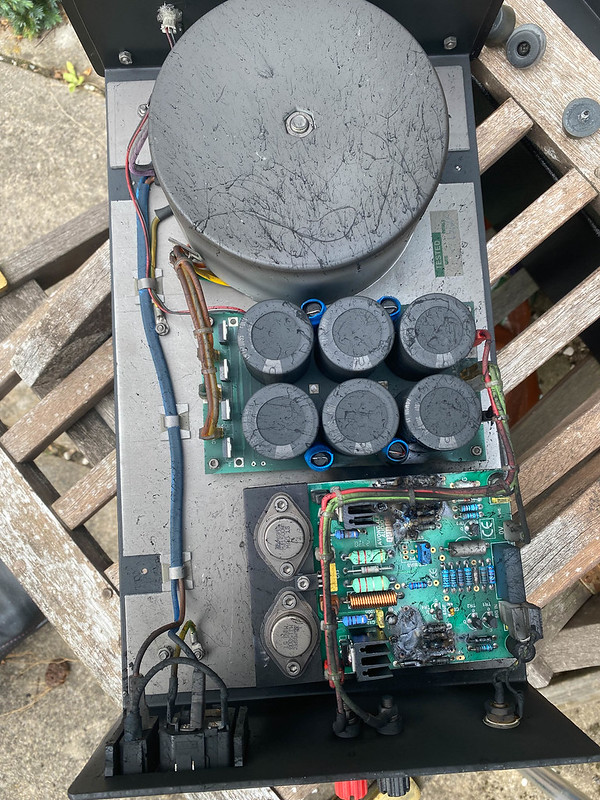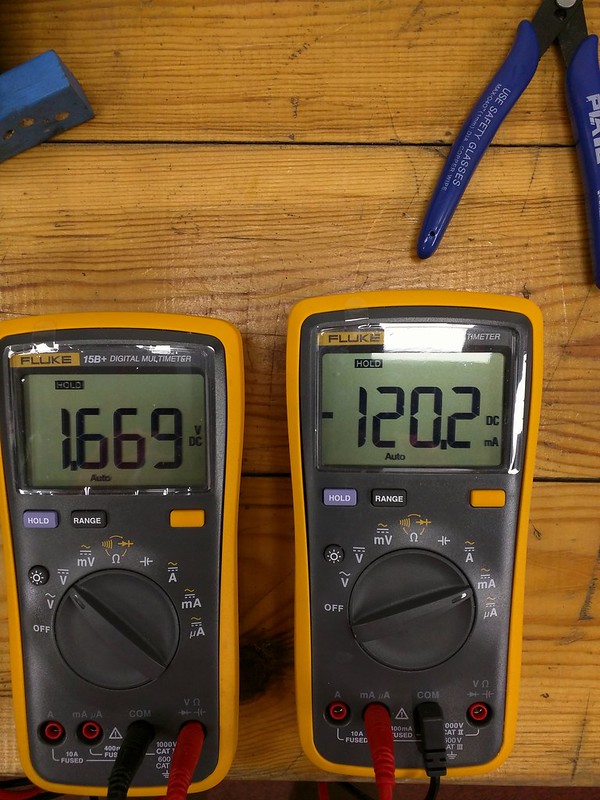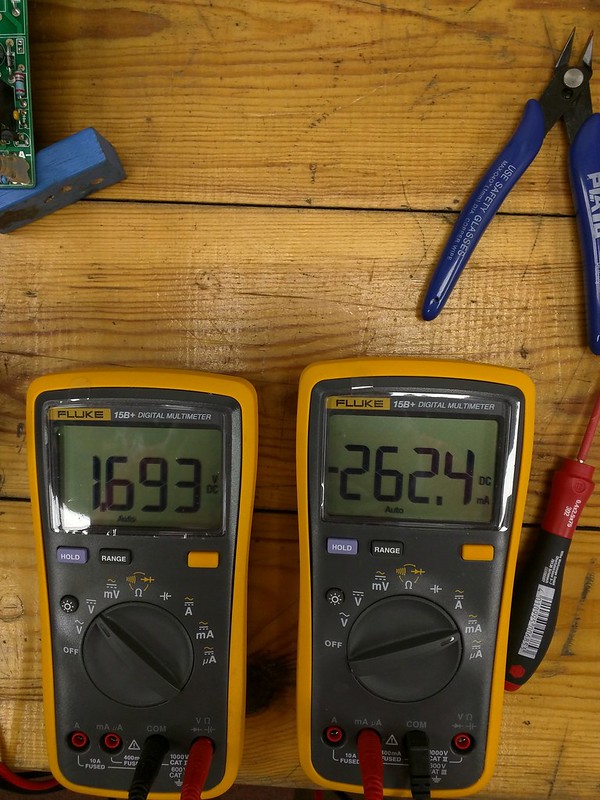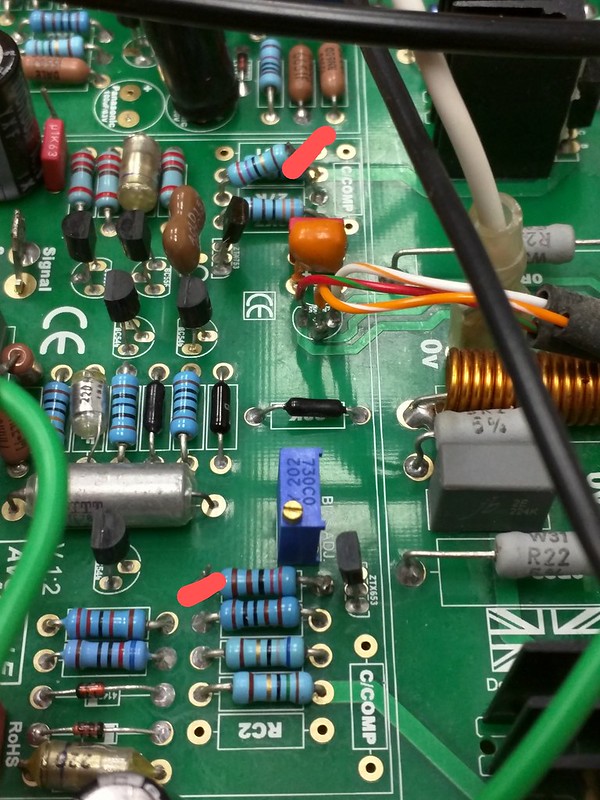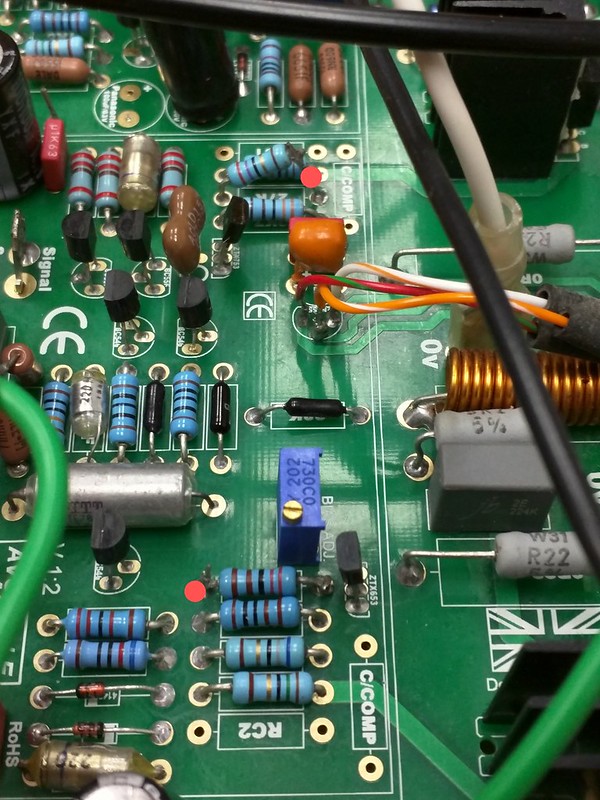Hi Mike.. sorry to hear about your mum
Much more important to have been with her than messing about with a soldering iron
I lost my mum 40 yrs ago...a very unexpected, early and untimely end

My mom had a good life, and it was a good time for her to say good-bye.
Your switch and fixture fitting is so neat !
Perhaps you can post a picture of the tool you use?
Thanks, but I'm no expert.
The Neutrik holes were really clean. I use a 24mm knock-out punch, like this:
https://www.amazon.ca/gp/product/B08T68SJYX. That's the Canadian Amazon site, but I can't imagine there's anything special about it. It's hard work turning it with a big hex wrench, but clamping the back panel makes it doable. (I have a Workmate that grips along the panel's edges.)
The RCA connector has a big plastic flange that would cover any mistakes. However, the two holes are much smaller and easier to drill, so I did a pretty good job this time.
The holes for the front panel switches are the bane of my existence. Due to the thickness of the material, it couldn't be punched. My drill press isn't very fancy, so the bit tends to bounce around and chew the hell out of the edge of the hole. You'll notice that the switch looks a bit odd, because I had to add an O-ring to hide the mess.
I thought using a step bit would make it easier, but success isn't assured. I did do really well once, but I think it's because I luckily used the step bit up until the final size was started. For these two recent front panels, however, I swapped out the step bit too soon, expecting the larger bit to finish the job, but it made a mess. Next time I'll be patient and gradually step up to the final size before switching over.
